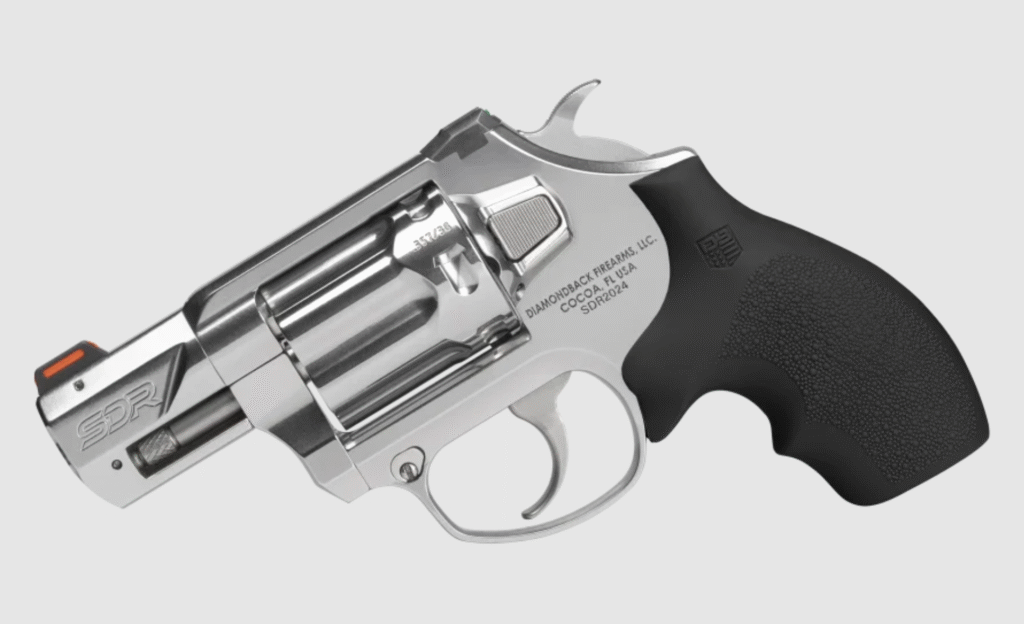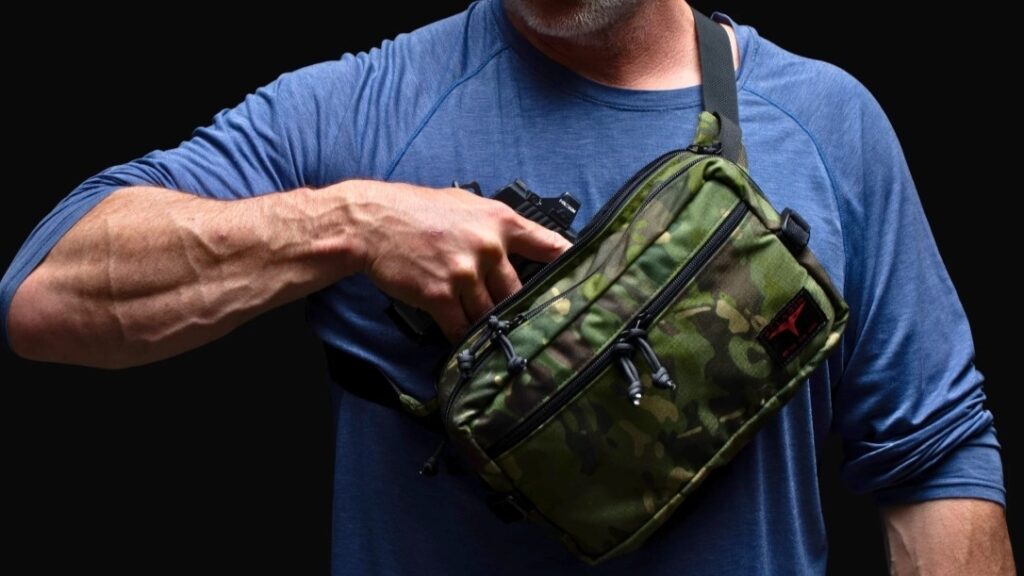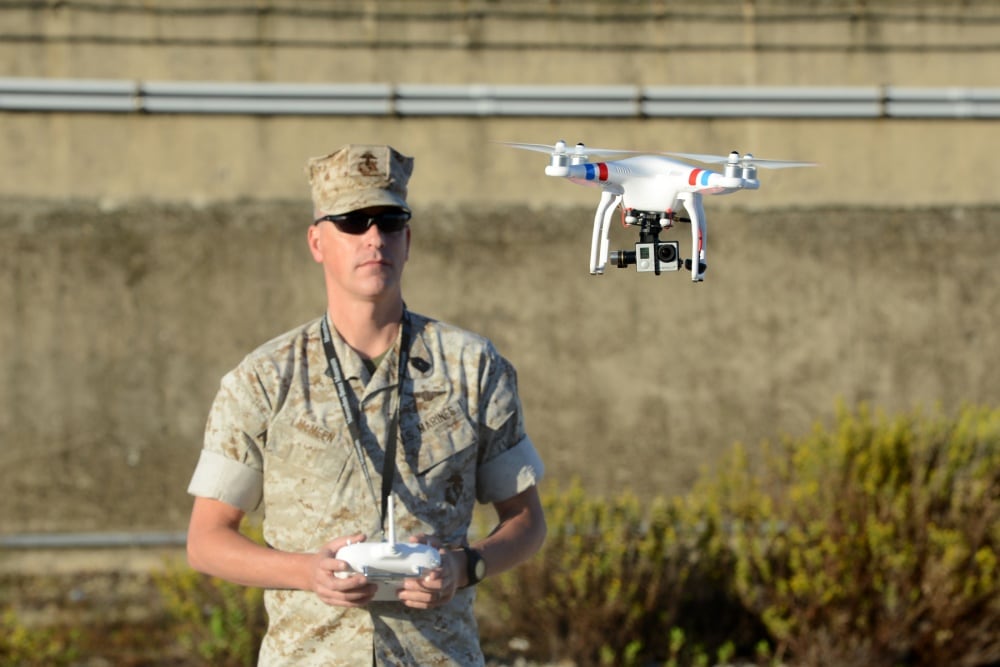One of the common complaints we saddle on shotguns is low capacity. Most repeating shotguns hold anywhere from four to eight rounds of 2.75-inch buckshot. Compared to a modern rifle that often holds 30 rounds minimum, that doesn’t seem like a whole lot. The more I’ve used shotguns and the more training I’ve gone through, I’ve started to think that shotguns really aren’t low-capacity weapons.
Are Shotguns Low-Capacity?
While they have a lower capacity than a modern semi-auto rifle, I think context matters. We use the term low to describe something as inadequate based on a specific number. When I think about shotguns in this context, I can say a single or double barrel is pretty much capacity. In fact, the stock capacity of a Remington 870 at four in the tube seems a little low to me, but that’s like a 20-round mag in an AR.
Sure, you can go higher, but 20 isn’t exactly lacking either. We also have to look at weapons in the context in which they are deployed. In a perfect situation, a shotgun would be deployed in a scenario where it works best. Shotguns work best at close quarters. Essentially, they tend to perform very well inside pistol ranges.
Advertisement — Continue Reading Below
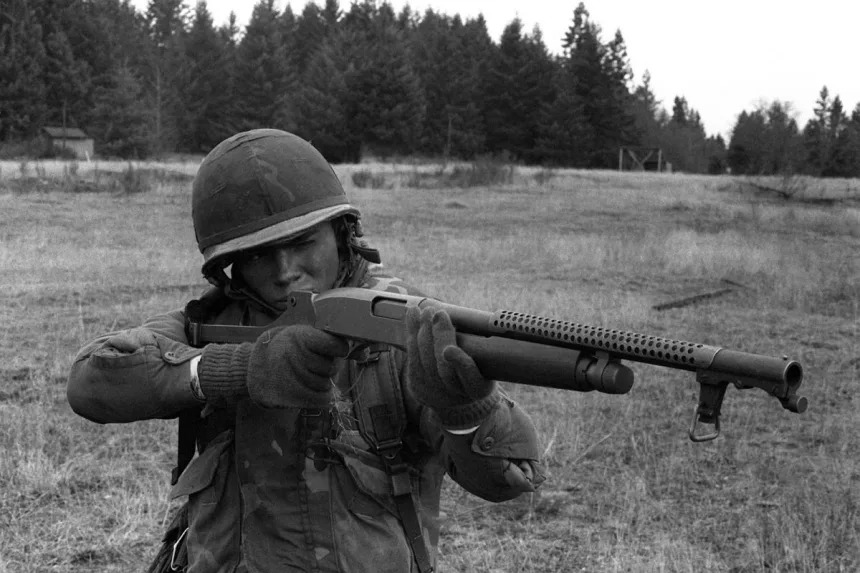
In that situation, you have a shoulder-fired weapon without much distance from you to the threat. It’s unlikely you’ll miss with any shoulder-fired weapon. The advantage of the shotgun at this range is the amount of lead it puts into a target per pull of the trigger. You have to aim, but if you are an inch off from a terminal shot, you are still putting so much lead in a threat that an inch doesn’t matter, and you’ll likely stop the threat.
These fights often run over quickly due to their close range, and in that situation, speed matters more than accuracy. Not much more because we still need to stop the threat, but a little more. Whoever gets the lead on target first is likely to win.
Advertisement — Continue Reading Below
Aiming might still be required to shoot a shotgun, but you have more room for error in sight alignment, sight picture, trigger pull, follow-through, etc. You can go faster while still seeing excellent results.
When Are Shotguns Low-Capacity
Shotguns become low-capacity weapons when they are deployed in situations where they don’t excel. In military use, a shotgun is a very niche weapon because most combat isn’t close enough to take advantage of the shotgun. It’s also a poor weapon to use to suppress a target, which is a common military tactic.
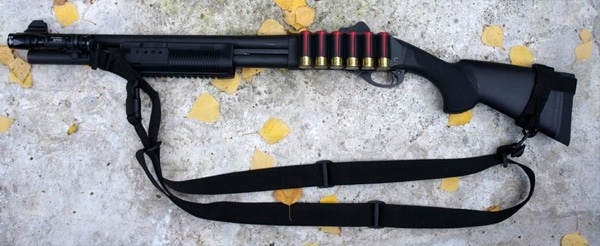
Advertisement — Continue Reading Below
In police situations, shotguns fail when asked to do tasks they aren’t suited for, such as the North Hollywood shootout. However, for most police encounters, the shotgun seems like a fine weapon.
That leads us to the civilian context, and I feel the deployment most strongly supports the idea that the shotgun is a low-capacity weapon.
The Civilian Deployment of the Shotgun
In a home defense situation, the shotgun is in its element. Unless you’re living in a mansion, your home is likely a close-quarters playground. Now, we are in an environment where speed matters just one percent more than accuracy. In this situation, four to eight rounds seem to be enough to go around.
Advertisement — Continue Reading Below
In scouring the internet and Active Self-Protection’s YouTube channel, I’ve yet to find a civilian use of a shotgun that required a reload. I’m not just looking for an example of when a shotgun ran dry, but even when a partial reload seemed necessary. In most cases where a round is fired, only one is needed to end the fight, with two being unlikely and more than three being downright impossible to find.

A home invasion scenario in Texas created a one vs three situation where the homeowner wielded a shotgun. He exchanged gunfire with the home intruders and ended up killing all three with his shotgun.
Advertisement — Continue Reading Below
The benefit of using a shotgun is simple. When you pull that trigger, you’re firing multiple pellets. The best home defense loads typically include eight pellets of buckshot. An eight-round tube is holding 64 projectiles. Doesn’t sound like a low-capacity weapon to me. Misses are certainly rough, but at close quarters, misses are unlikely with a shoulder-fired weapon.
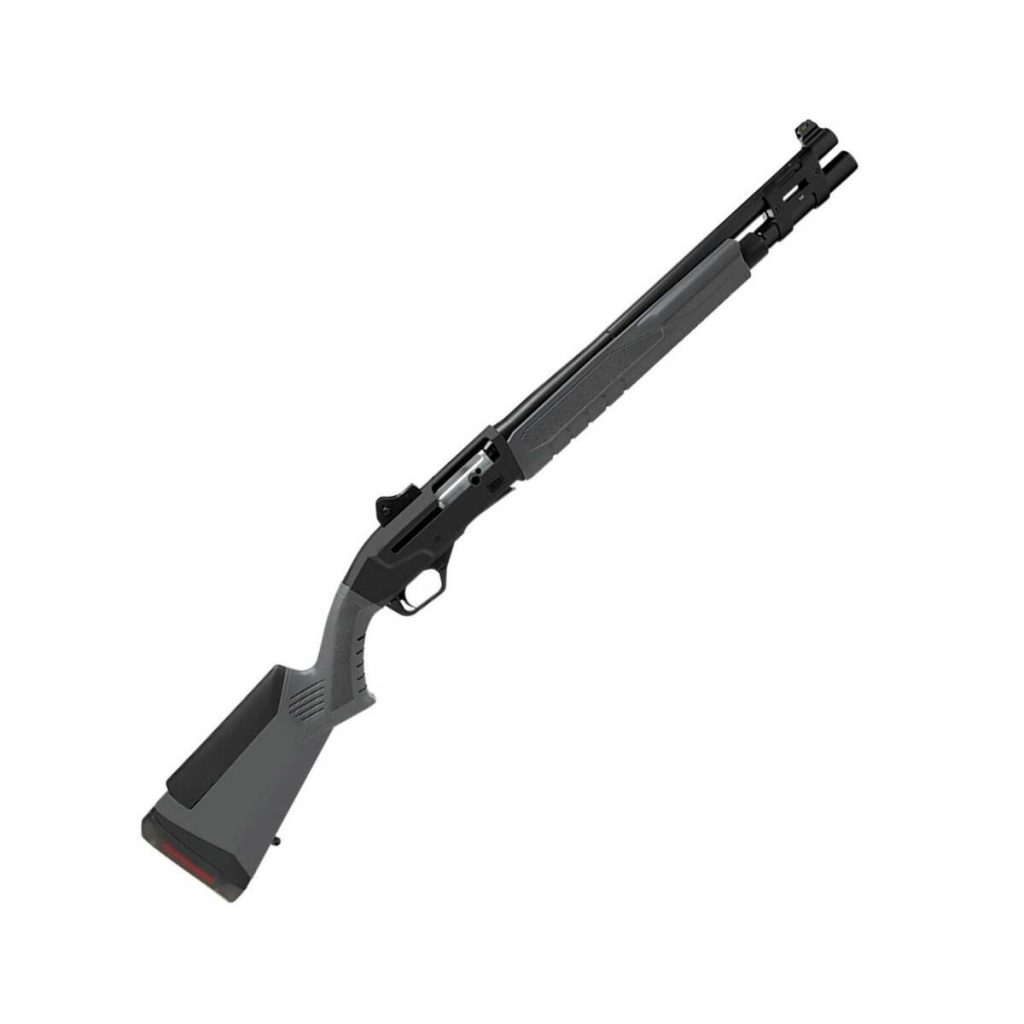
If you land a torso shot with a shotgun, the effect is devastating. It’s traumatic and often a fight-stopper. It’s going to create significant amounts of pain, muscle damage, and blood loss if it’s not fatal.
Advertisement — Continue Reading Below
The Multiple Invaders Scenario
Since most of us aren’t fending off a horde of ninjas, a shotgun can deal with one or multiple home invaders. If you get to the point where a half-dozen armed home invaders are bearing down on you, then your gun might not be the deciding factor. Rather, it’ll be about how fast good guys with guns can show up to provide support.
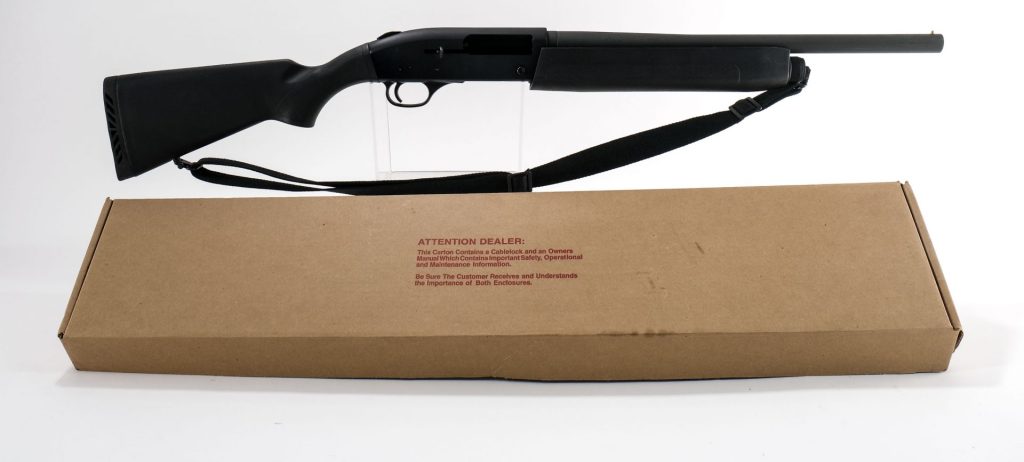
In a multiple home invader situation, if it comes down to needing to reload a four to eight-round capacity shotgun, you have two situations at hand. You’re missing entirely too much, or your enemies are climbing over their dead friends to get to you.
Advertisement — Continue Reading Below
The modern defensive shotgun with a modern capacity isn’t a low-capacity weapon. At least not in the context of the civilian deployment of a shotgun. Even with multiple home invaders, it can be a decisive, fight-stopping option for home defense. There might be plenty of problems and downsides to shotguns, but capacity isn’t one of them.

